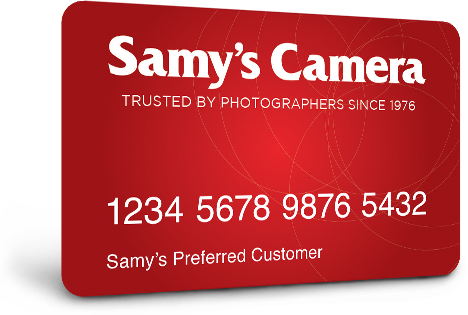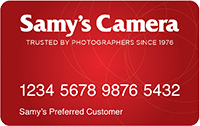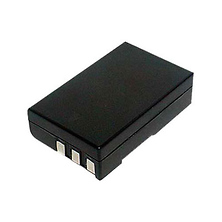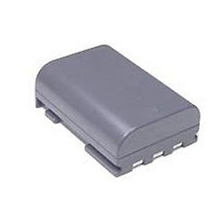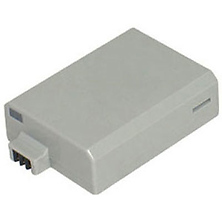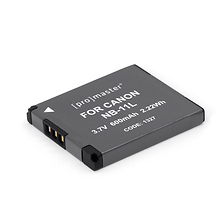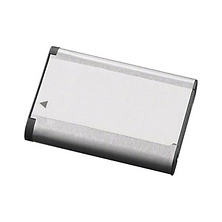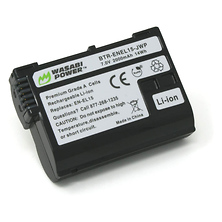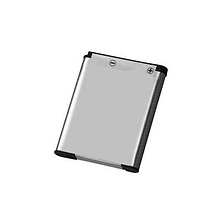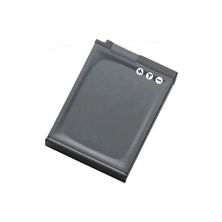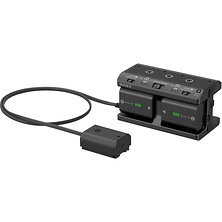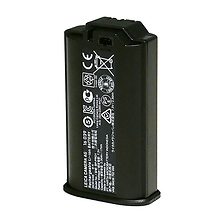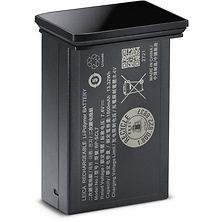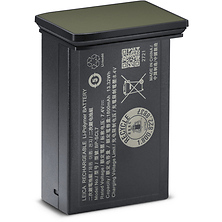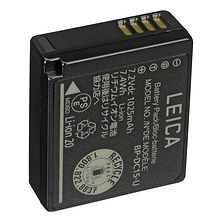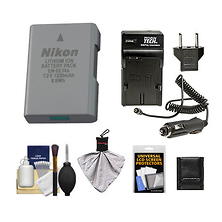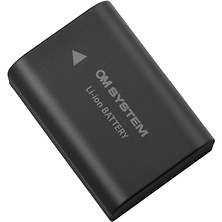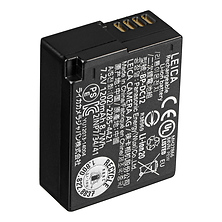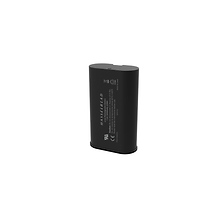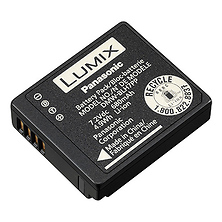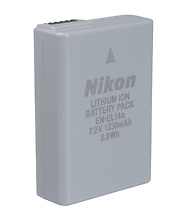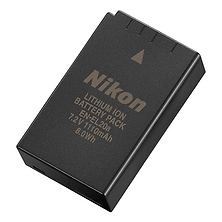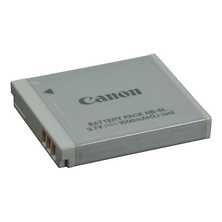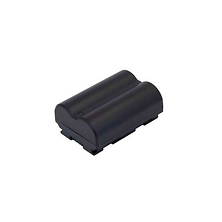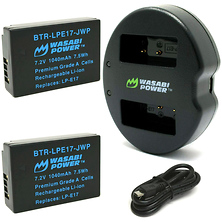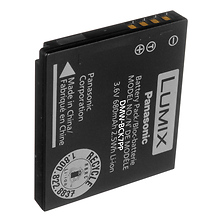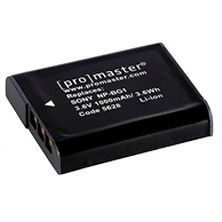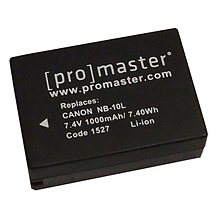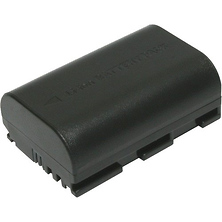Rechargeable Batteries: Reliable Power for Every Shoot
Every great photo or video shoot relies on dependable power. At Samy's Camera, we provide rechargeable batteries that keep your equipment running longer, so you never miss the perfect shot. From cameras and flashes to drones and lighting gear, we have the right power solutions for both professionals and beginners.
Camera Batteries for Extended Shooting
Modern digital mirrorless cameras demand high-capacity lithium-ion batteries that deliver consistent voltage and long runtime. Sony's NP-FZ100 batteries provide up to 710 shots per charge on cameras like the Alpha a7 III. Canon's LP-E6NH batteries power the EOS R series with extended capacity. Nikon's EN-EL15c batteries support the Z-series mirrorless lineup with reliable performance across temperature ranges.
High-quality camera batteries are designed to match the demands of modern photography. Whether you're capturing weddings, sports, or documentaries, reliable lithium-ion batteries deliver consistent power. Pair them with battery chargers and charging stations to minimize downtime and stay prepared during long assignments.
Professional photographers typically carry two to four spare batteries to avoid interruptions during critical shoots. Battery performance varies with temperature, shooting mode, and feature use. Live View, video recording, and continuous autofocus drain power faster than standard shooting through an optical viewfinder.
Flash and Speedlight Battery Solutions
Speedlights and hot-shoe flashes traditionally use AA batteries, with rechargeable NiMH (nickel-metal hydride) cells offering the best performance for high-drain applications. These batteries maintain consistent voltage output until depletion, avoiding the performance drop-off typical of alkaline batteries.
For more demanding work, portable strobe lighting systems use dedicated lithium-ion battery packs. Godox AD200 units include 14.4V battery packs providing up to 500 full-power flashes. Profoto and Elinchrom location strobes feature hot-swappable batteries for uninterrupted shooting during events and commercial assignments.
Rechargeable flash and strobe lighting batteries are built for strobes, LED panels, and speedlights, giving photographers the confidence that their lighting will last through every session. By switching to rechargeable options, you not only save money long term but also reduce waste.
Power Banks and Portable Charging
Location photographers working without access to AC power rely on portable charging solutions. USB-C power banks charge camera batteries, phones, and tablets during travel shoots. High-capacity power stations with AC outlets can run continuous lighting panels, charge multiple devices simultaneously, and power laptops for on-site editing.
Outdoor shoots and travel photography often take you far from outlets. Power banks and portable charging solutions provide reliable backup energy, ensuring your camera, lights, or even drones remain charged throughout the day. Lightweight and compact, these portable options are essential for creators who work on location.
Drone Flight Batteries
Drones and quadcopters rely on high-discharge lithium-polymer batteries engineered for stable flight and extended air time. DJI's Intelligent Flight Batteries include built-in battery management systems that monitor cell health, temperature, and charge status. Flight times range from 20 to 40 minutes depending on model, payload, and conditions. Carrying multiple batteries ensures uninterrupted aerial footage, whether filming cinematic landscapes or capturing action from above.
Having the right power setup keeps your creativity in motion. Professional drone pilots typically travel with three to six batteries to maximize shooting time during location work.
Battery Care and Longevity
Rechargeable batteries gradually lose capacity over time through normal charge cycles. Proper storage extends lifespan. Store lithium-ion batteries at 40-60% charge in cool, dry conditions. Avoid fully depleting lithium batteries before recharging. For NiMH batteries used in speedlights, periodic full discharge cycles help maintain capacity and prevent memory effects.
Temperature affects performance. Lithium-ion batteries lose capacity in cold weather. Keep spare batteries warm in an inner jacket pocket when shooting in winter conditions. High temperatures accelerate degradation, so avoid leaving batteries in hot vehicles or direct sunlight.
Rechargeable batteries are not only cost-effective but environmentally friendly. By reducing disposable battery use, photographers and filmmakers can make a positive impact while saving money. Pair these with camera accessories and power solutions to create a complete, eco-conscious kit that's ready for any project.
Frequently Asked Questions About Rechargeable Batteries
What type of rechargeable batteries work best for cameras?
Lithium-ion batteries are the standard for digital cameras, offering high energy density, consistent power output, and fast recharging. Manufacturers design specific battery models for each camera series. Always use batteries that match your camera's specifications for optimal performance and safety.
How many spare batteries should I carry for a professional shoot?
Professional photographers typically carry two to four spare batteries. Wedding and event photographers often bring four to six batteries to ensure coverage throughout long days. The exact number depends on your shooting style, camera model, and access to charging between sessions.
Do rechargeable batteries lose capacity over time?
Yes. All rechargeable batteries gradually lose capacity through normal use. Lithium-ion batteries typically retain 80% capacity after 300-500 full charge cycles. Proper storage, regular cycling, and using quality chargers extend their working life. Replace batteries when capacity drops below 70% of original performance.
Are rechargeable batteries safe for air travel?
Yes, but lithium-ion batteries must be carried in carry-on luggage, not checked bags, due to fire safety regulations. Batteries should have terminals covered or be stored in original packaging. Check airline limits on battery capacity (typically 100Wh for most camera batteries). Large strobe batteries may require airline approval.
Can I use third-party batteries instead of manufacturer brands?
Third-party batteries can work well and cost less than OEM batteries. Quality varies significantly between manufacturers. Look for batteries with safety certifications and positive user reviews. Some cameras display warnings when using non-OEM batteries. Reputable third-party brands like Wasabi Power provide reliable alternatives with warranties.
What's the difference between NiMH and lithium-ion batteries?
NiMH (nickel-metal hydride) batteries are commonly used in AA format for speedlights and accessories. They handle high-drain applications well and can be recharged 500+ times. Lithium-ion batteries offer higher energy density, lighter weight, and no memory effect. They're used in cameras, drones, and professional lighting systems for superior performance.
Shop Rechargeable Batteries at Samy's Camera
Professional and hobbyist photographers depend on rechargeable batteries to power their creative work. Whether you need camera batteries for your mirrorless system, NiMH cells for speedlights, or high-capacity packs for location strobes, Samy's Camera provides reliable power solutions backed by expert support and fast shipping. Build a complete power system that keeps you shooting without interruption.



